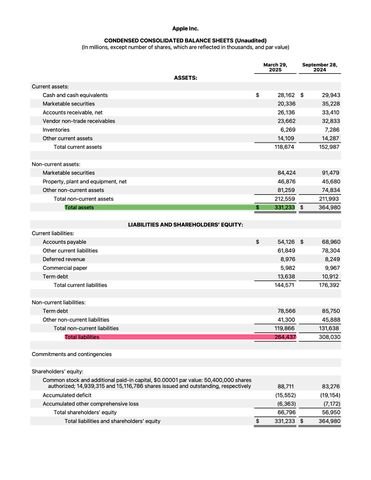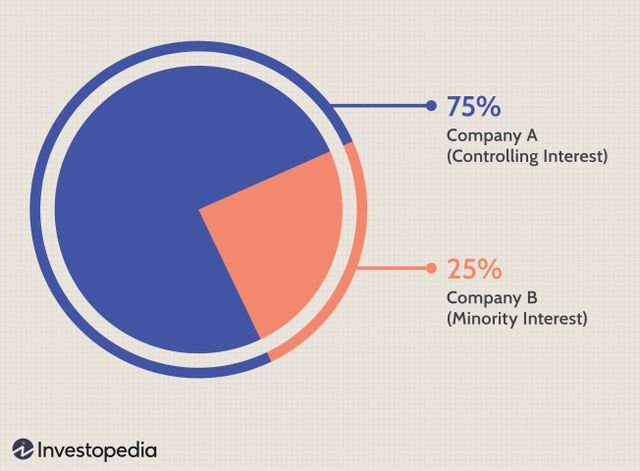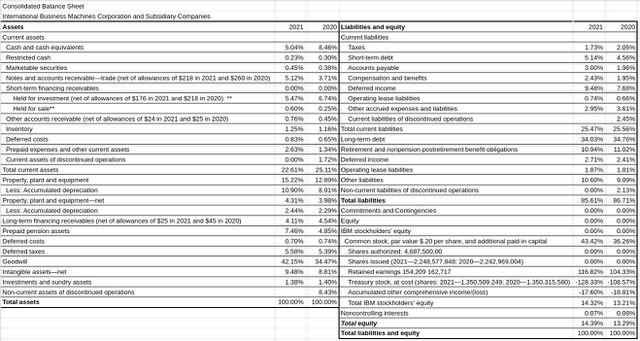How to Create a Monte Carlo Simulation Using Excel
Reviewed by Gordon ScottFact checked by Vikki Velasquez Dulin / Getty Images You can create a Monte Carlo simulation using Microsoft Excel and a game of dice. This simulation is a method for modeling probabilities by using random numbers to approximate and simulate possible outcomes. It is widely used as an analysis tool and plays a…








